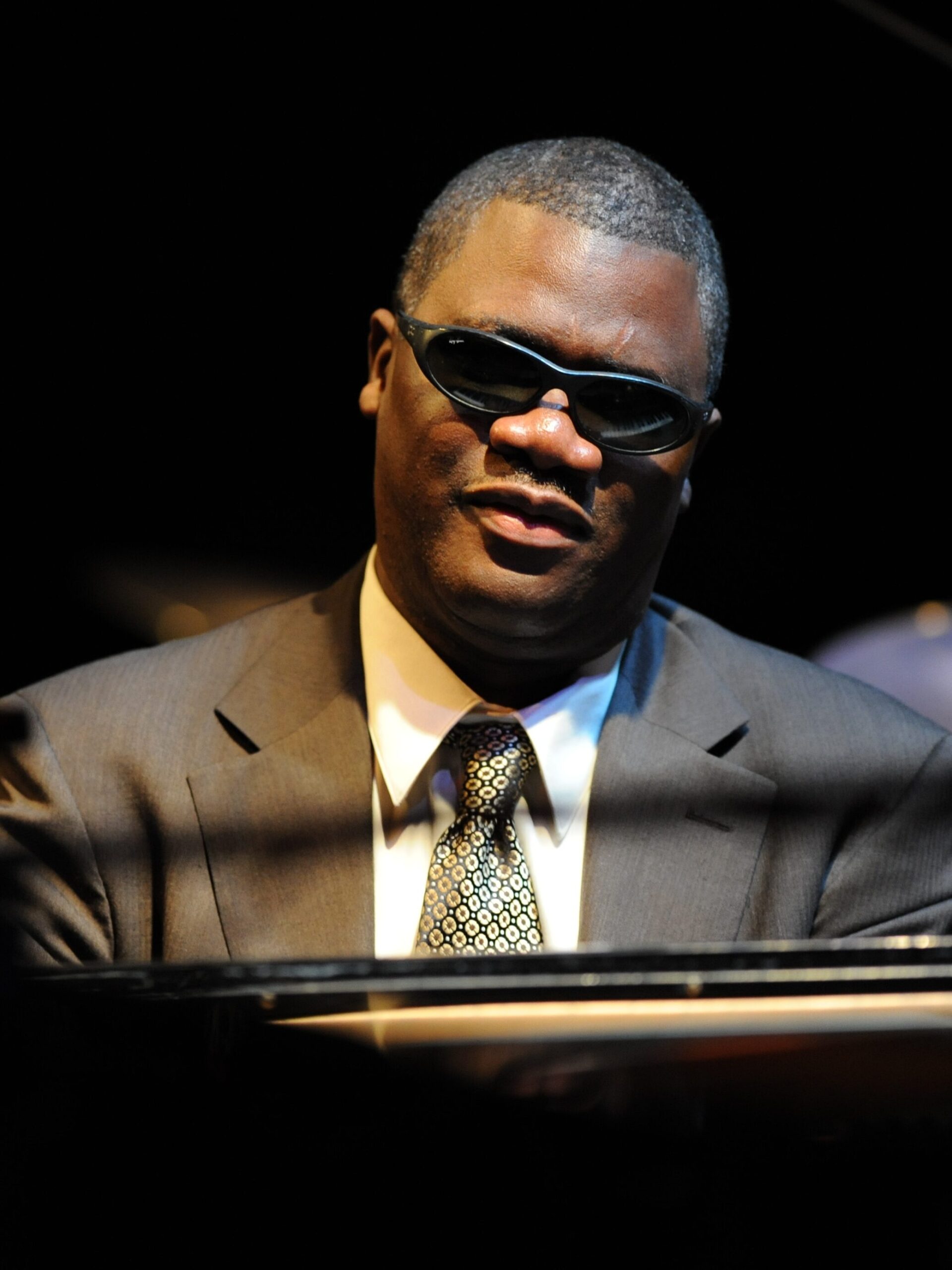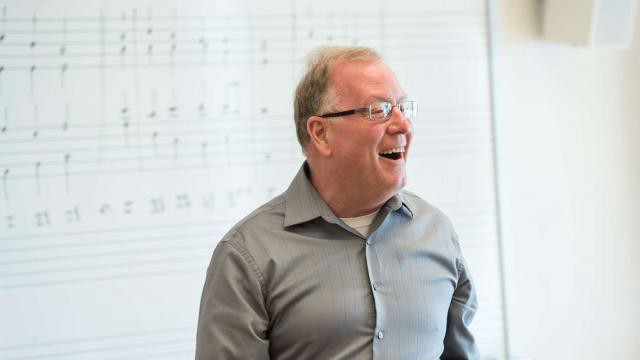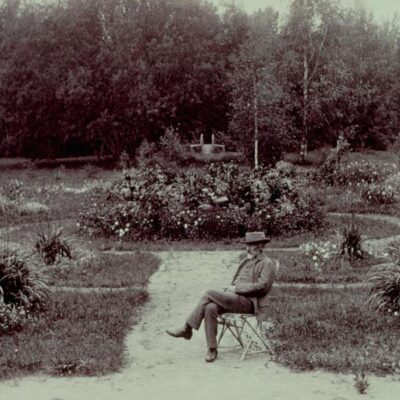
He’s been called “the genius of the modern piano” and has the honors to show for it—he’s a recipient of the Helen Keller Award for Personal Achievement, his Portraits in Blue album was nominated for a Grammy, and he regularly performs with top orchestras around the world. We talked with Marcus Roberts about his three decade-long exploration of Gershwin’s Rhapsody in Blue, which his trio brings direct from Carnegie Hall to GERSHWIN IN NEW YORK—January 27 and 28, 2024 at the Lesher Center in Walnut Creek.
Welcome, Marcus! Please tell us a little about yourself.
I was born and raised in Jacksonville, Florida but went to school in St. Augustine at the Florida School for the Deaf and Blind. That’s where I first studied music. My mother was a gifted musician – she sings gospel music. Whenever I play, I try to emulate the spirituality that I feel from her singing. I moved to Tallahassee, Florida when I was 18 to study piano at Florida State University. I still live there now and I have been teaching in the Jazz Studies department at FSU since 2004.
What can people expect to hear in this version of Rhapsody in Blue?
This version of Rhapsody is very special because we are adding the jazz trio to the piece. The trio is the foundation of American popular music. Adding piano, bass and drums opens up our ability to use the entire history of jazz improvisation in our performance. It brings this great work into the 21st century using concepts taken from modern jazz without losing the original form and structure that Gershwin had in mind. It’s still the same great “Rhapsody in Blue” but at the same time, the piano cadenzas are completely improvised, and will be different every time we play the piece. I draw from all of my influences and draw inspiration from gospel music to jazz, and also from Chopin, Ravel, and other great European composers. You will hear a brand new version of the piece performed just for you.
You performed this version of Rhapsody in Blue with Seiji Ozawa with the Berlin Philharmonic in 2003. Were there any nerves around making changes to such an iconic piece?
No. Not at all. Gershwin loved jazz. He knew the great stride pianist, James P. Johnson, and wrote many of the songs that were popular in the 20s and 30s, and these songs are still a part of the standard canon of jazz that musicians play today. The themes in “Rhapsody in Blue” are full of rhythm and soul, and the melodies are very singable. It is easy to improvise on those melodies. In the Berlin performance, I felt very comfortable making the changes that I made to modernize and personalize the work.
With the improvised cadenzas, are they somewhat planned out or do they come to you on the day? How does the orchestra know when to come back in?
I’ve been playing this piece now for almost 30 years, so my improvisations are very natural, organic, and unplanned. Sometimes I will plan how a cadenza will start, but I always make sure to remain spontaneous and free to change my thematic or stylistic direction at any time. When each cadenza is done, I play a musical cue to let the conductor know that he can bring the orchestra in so that the transitions are seamless and clear.
Do you have a message to our patrons?
We can’t wait to play for you and celebrate the 100th anniversary of this American classic. We will create a new version of “Rhapsody in Blue” together, with the help of your wonderful audience and this great orchestra. We look forward to it and to another 100 years of this Gershwin masterpiece.
See the Marcus Roberts Trio in action on Gershwin’s Rhapsody in Blue at GERSHWIN IN NEW YORK, Saturday, January 27 at 7:30 p.m. and Sunday, January 28 at 4 p.m. at the Lesher Center for the Arts in Walnut Creek. Tickets start at $45 and $20 for students 25 and under, and include a free 30-minute pre-concert talk starting one hour before the performance. Buy tickets online or call or visit the Lesher Center Ticket Office at 925.943.7469, Wed – Sun, 12:00 noon to 6:00 p.m.


